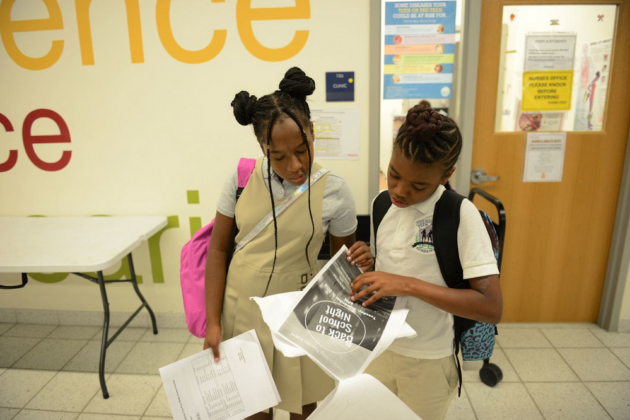Washington Post: ‘It feels great to go back’: The District’s students return to school

As the 2019 school year starts, students are excited and nervous—and that includes DC’s homeless students. The Washington Post’s Perry Stein recently went “back-to-school” with former CLC client Lakia. Following CLC’s advocacy, Lakia now has the educational supports she needs to truly learn, but she continues to face (and overcome) the hurdles she encounters as a homeless student. CLC attorney Diana Sisson weighs in on homelessness and its impact on District students. Read more below:
Lakia is homeless and hasn’t had a permanent bed to sleep in for years, bouncing between friends’ and relatives’ homes. But each day, the 12-year-old completes her homework and prepares for school in the cramped room she shares with her mother and two sisters.
And the first day of school was no different. By the time the bus arrived at 7 a.m., Lakia was ready — and slightly nervous — to travel across town from the District’s Fort Totten neighborhood to Friendship Tech Prep Academy, a charter school in Congress Heights that greeted students with exuberant songs, chants and dances.
And experts said there’s no denying that the school system faces a complex set of demands and needs when trying to serve the District’s most vulnerable children.
Diana Sisson, an attorney with the Children’s Law Center — a nonprofit group that works with low-income D.C. children to ensure they receive the special-education services required by law — said she is worried that homeless children like Lakia, who often have special-ed needs, won’t get the services they need because they are often so transient.
“Parents without stable housing often struggle to keep their children on track,” Sisson wrote in an email. “Unfortunately, every move often results in delays or gaps in the student getting the services they are legally entitled to, or long delays in being identified for the services they need.”
